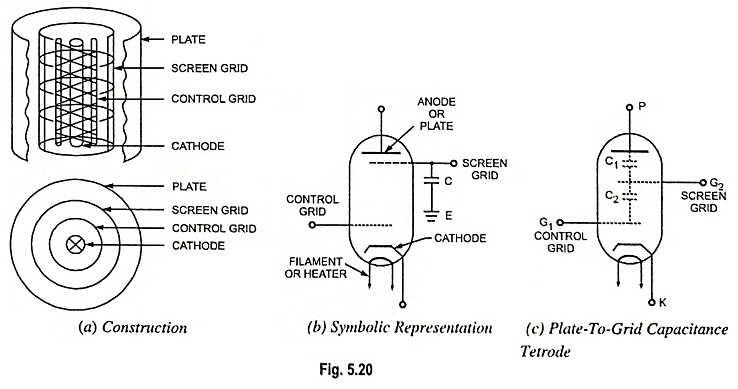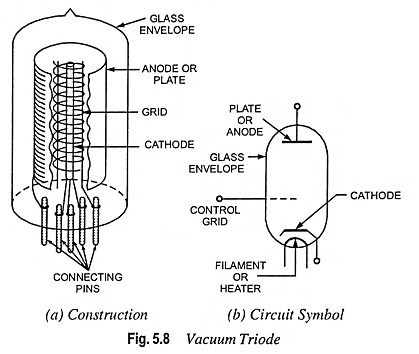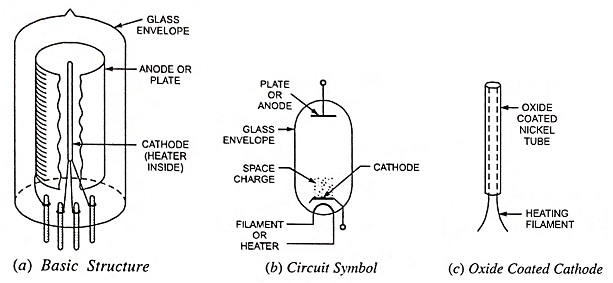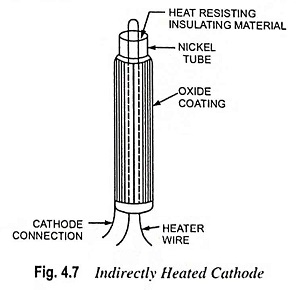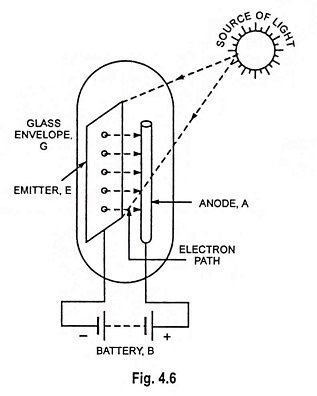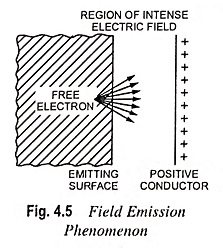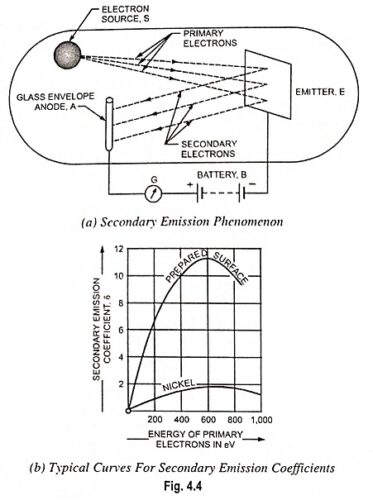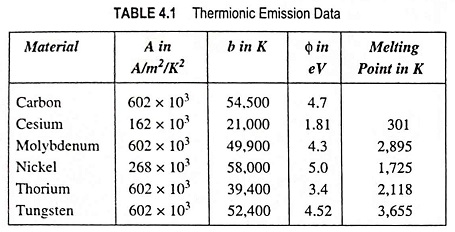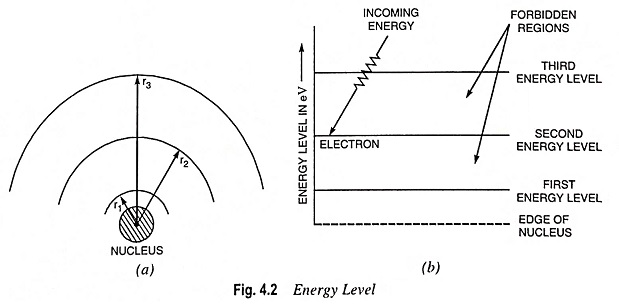Construction of Vacuum Tetrode, Working and Applications
Construction of Vacuum Tetrode, Working and Applications: Tetrode means four, hence tetrode is a four electrode tube consisting of a cathode, a control grid, a screen grid, and a plate. The constructional features of a typical Vacuum Tetrode are shown schematically in Fig. 5.20 along with the symbolic diagram. The only constructional difference between a […]
Construction of Vacuum Tetrode, Working and Applications Read More »

